James Muirhead opened the large envelope he had just been handed by a senior car interior designer stamped ‘DO NOT BEND’ and found inside it a rock, a piece of seatbelt, a length of thread and some other random oddities. The gauntlet cast down by the designer was to match the colour of each item in leather.
Muirhead is head of automotive sales at Bridge of Weir, the company founded by his great-great-grandfather, Arthur Muirhead, in 1905. He had been explaining how it could match the colour of any object as a way the manufacturer could offer a bespoke personalisation service to its customers.
A couple of weeks later, he returned with every one of the examples matched perfectly, including the envelope itself, made in colour-matched leather and stamped with the words ‘DO NOT BEND’.

Offering bespoke personalisation to customers is a challenge Bridge of Weir’s colour team has warmed to.
“People have come up to us with all kinds of things and asked us to match them,” says Muirhead. “An aubergine, lipstick, socks, a cricket ball, a Post-it note – you name it.”
Among the latest developments – and one used to create an option for the McLaren Senna’s seats – is the ability to create perforated designs digitally.
Normally, repeated perforations in leather (either rows of holes or more complex patterns) are stamped out using tools covered with tiny pins. The tools, like those made for pressing body panels, are eye-wateringly expensive to make. They are mounted in an automated perforation machine that rapidly stamps large areas of leather. The downside is the lack of flexibility, the cost and the lead time to make the tool for each pattern.

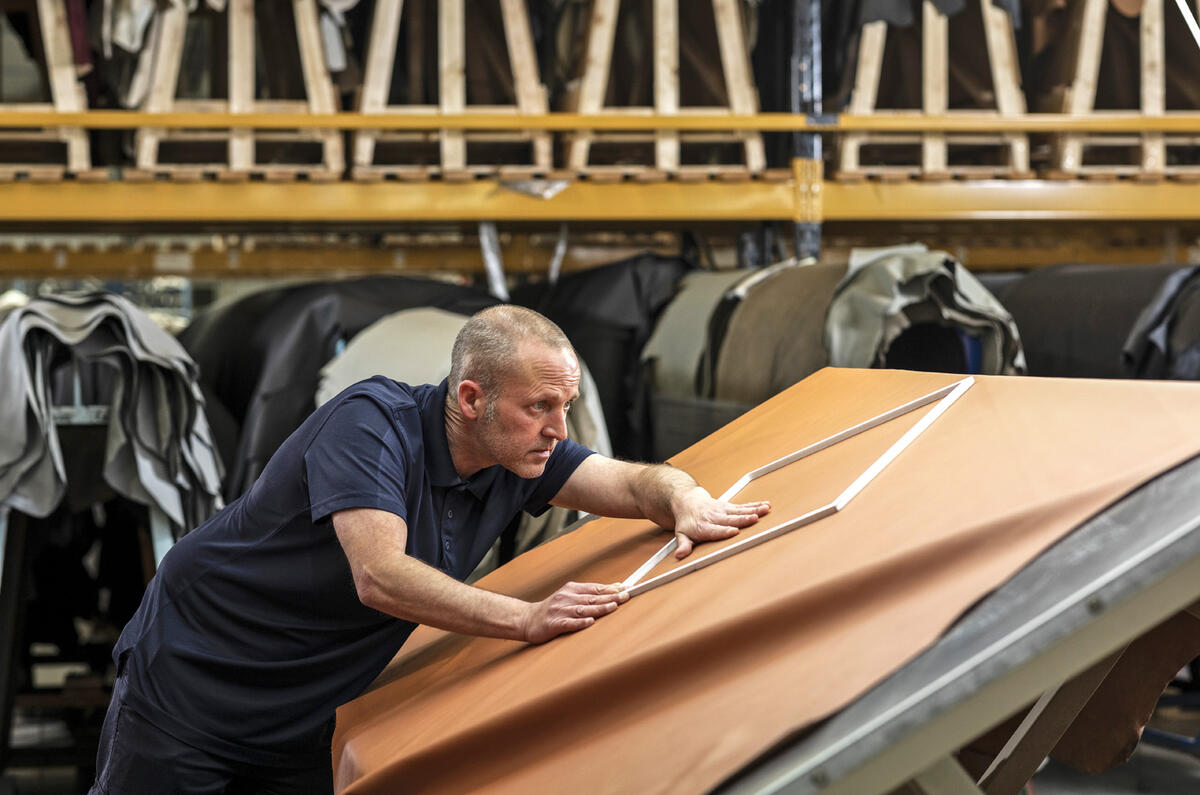
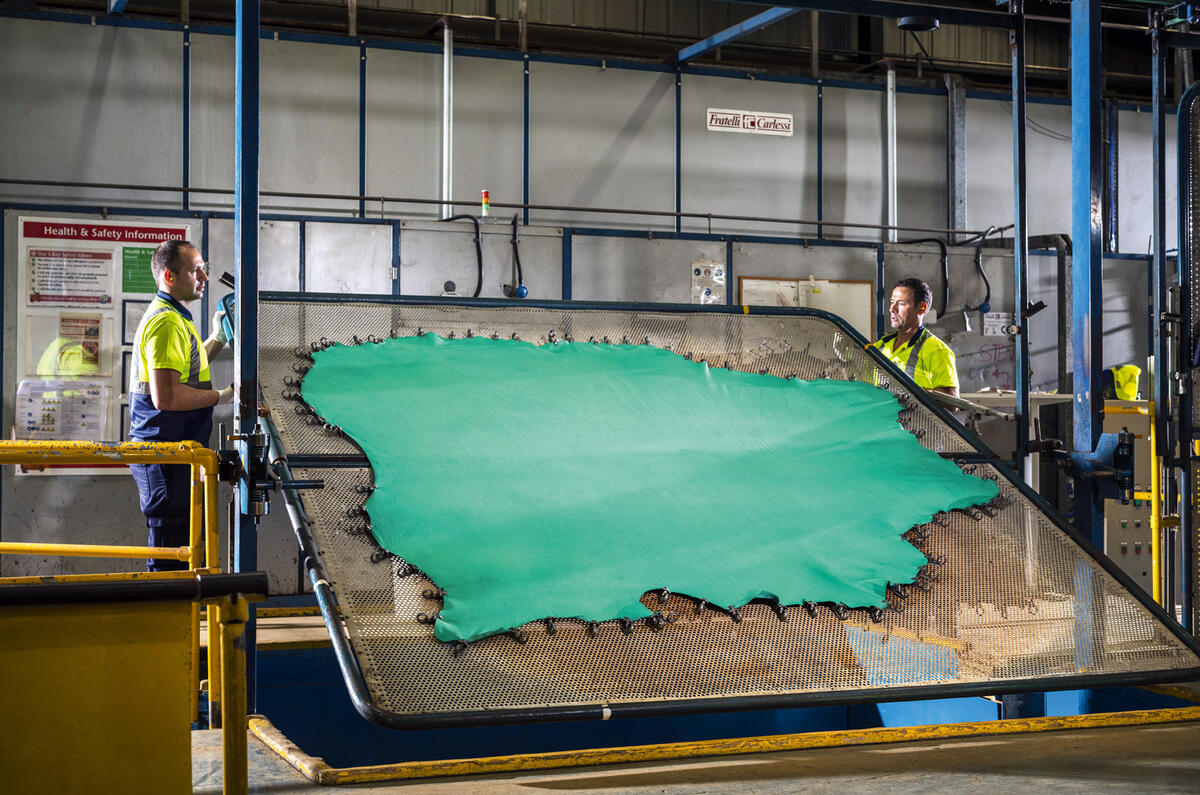
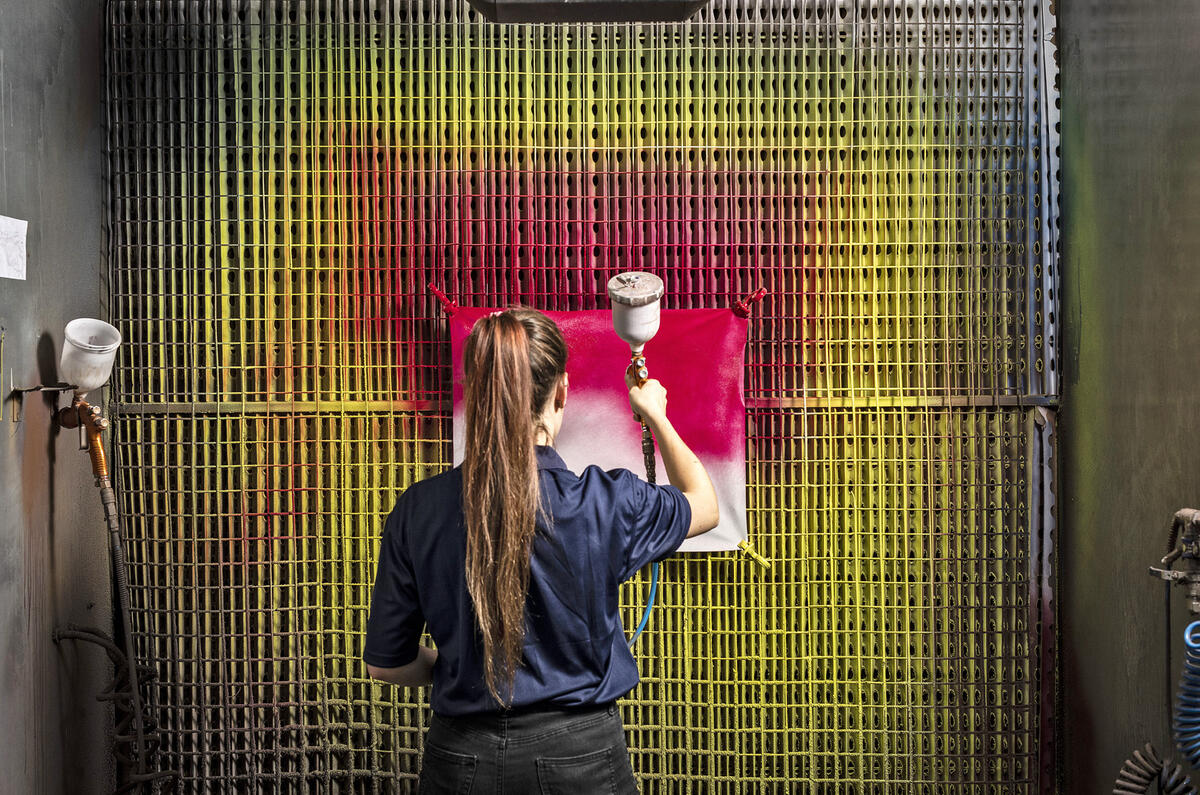
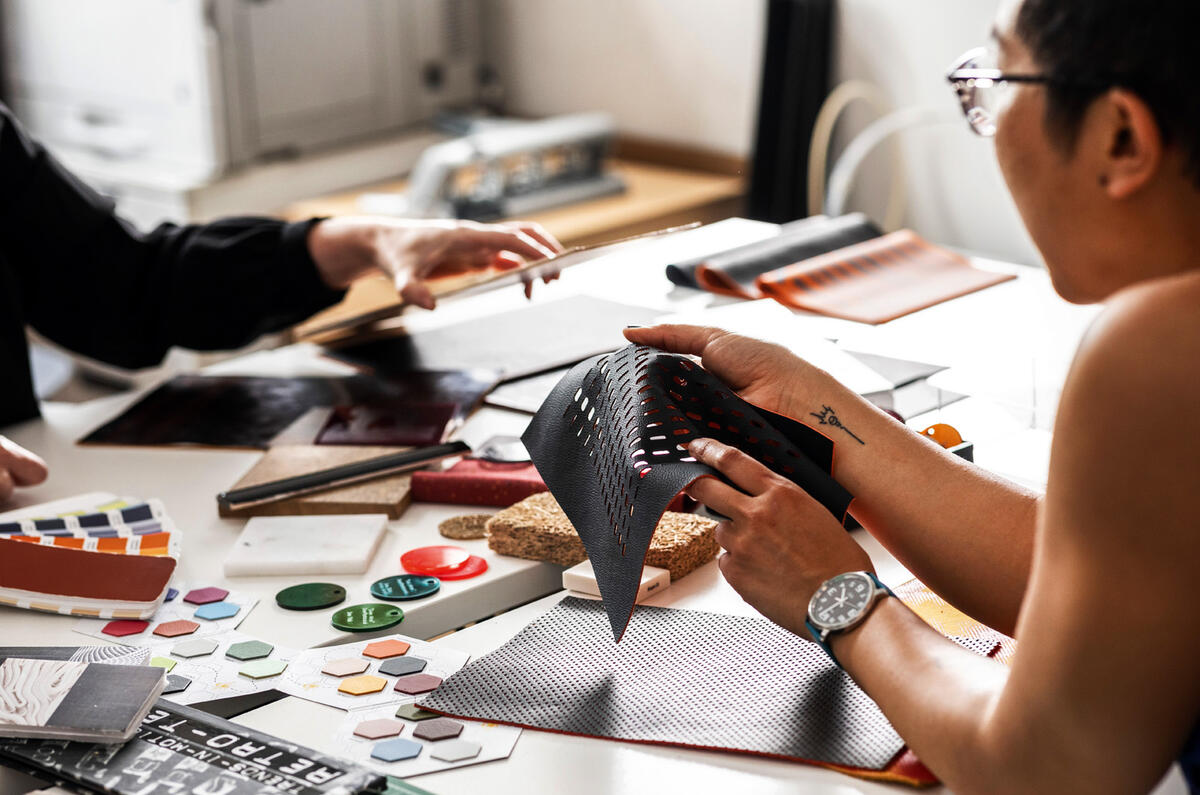
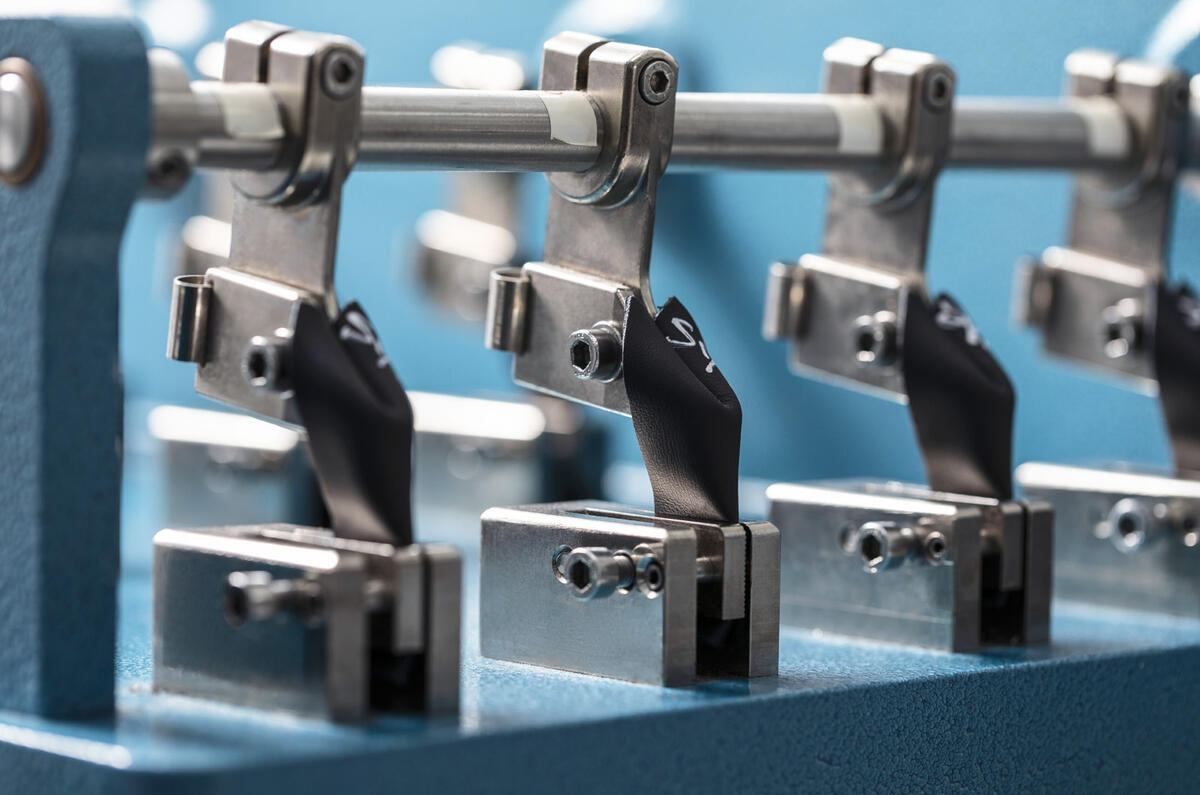
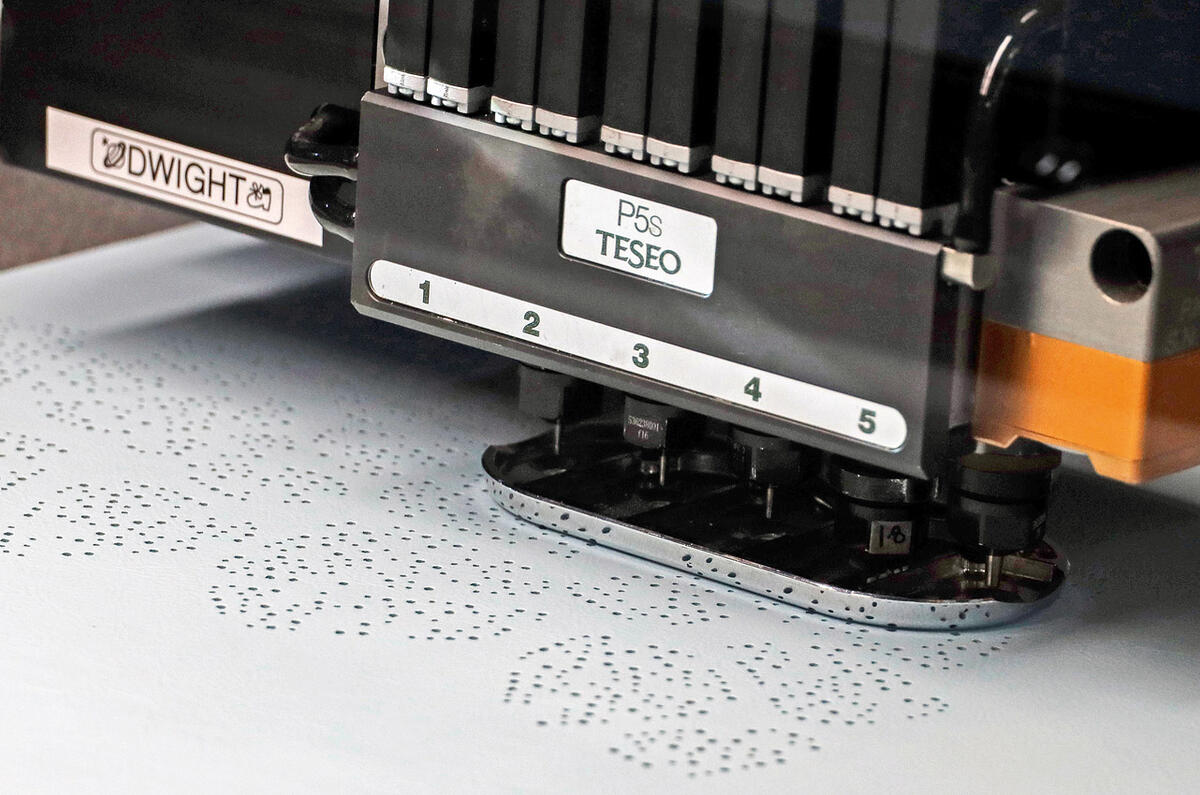
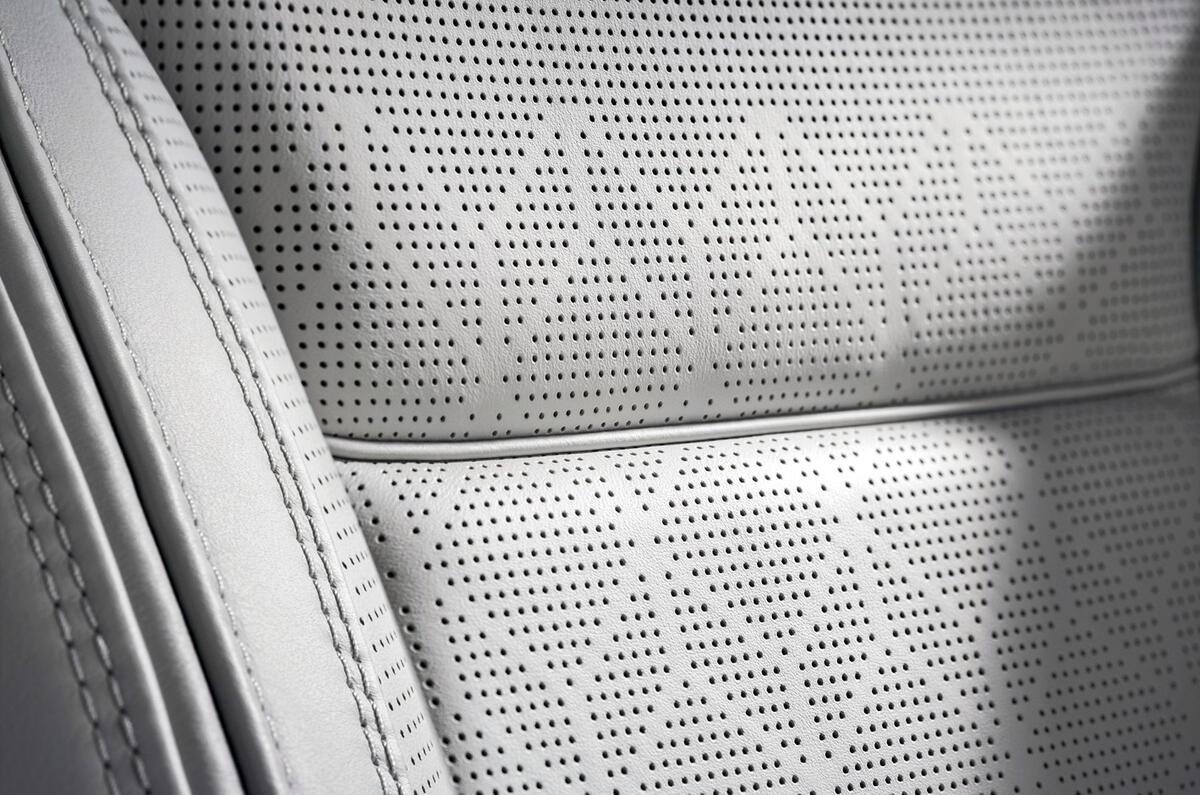
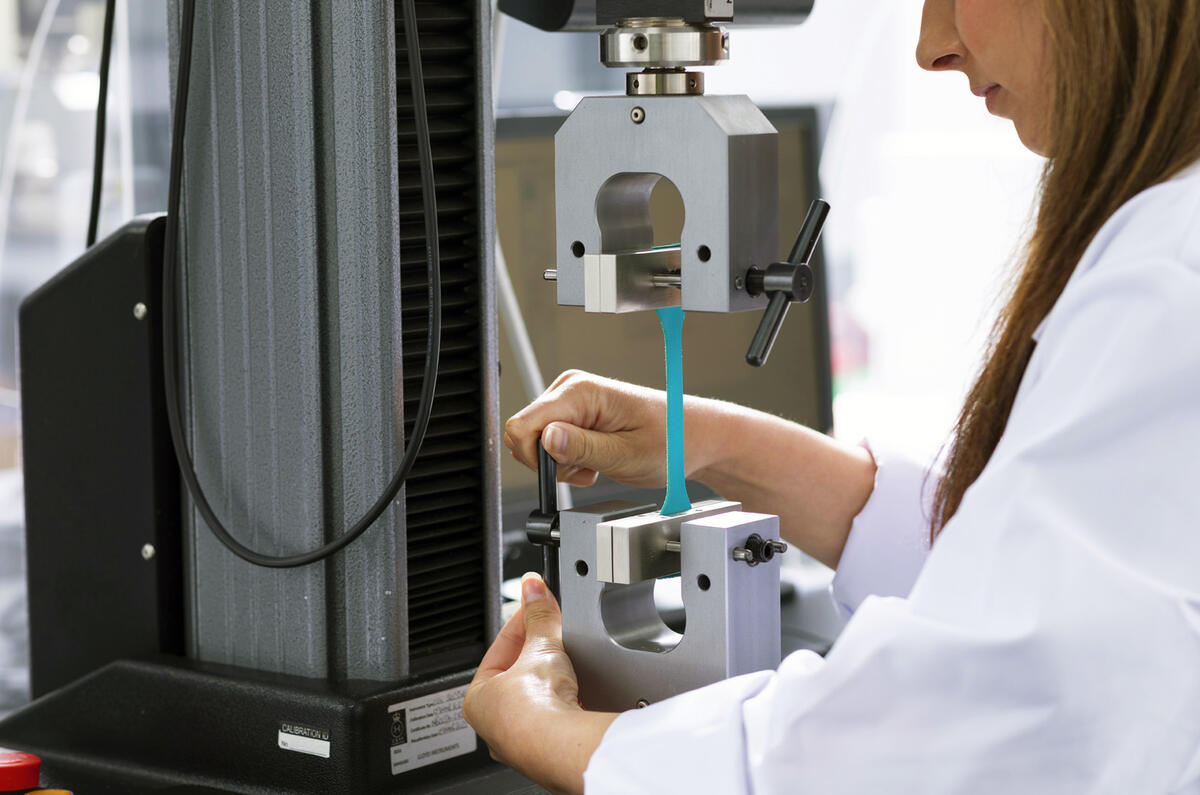
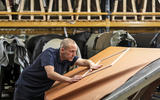
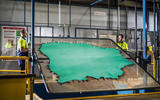
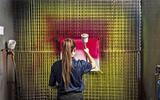

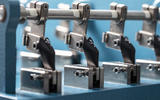
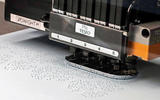

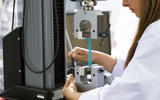


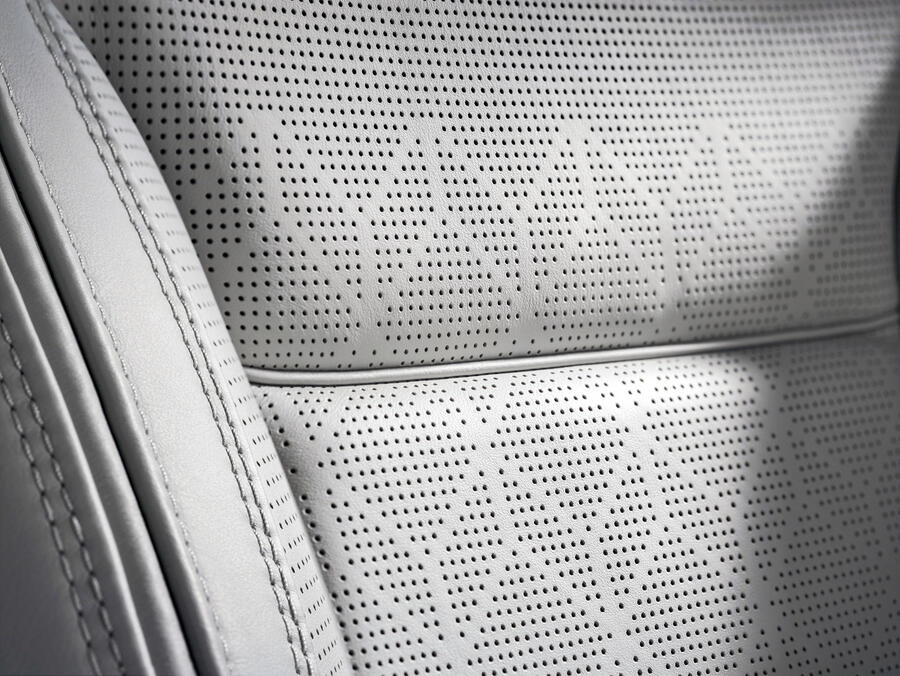
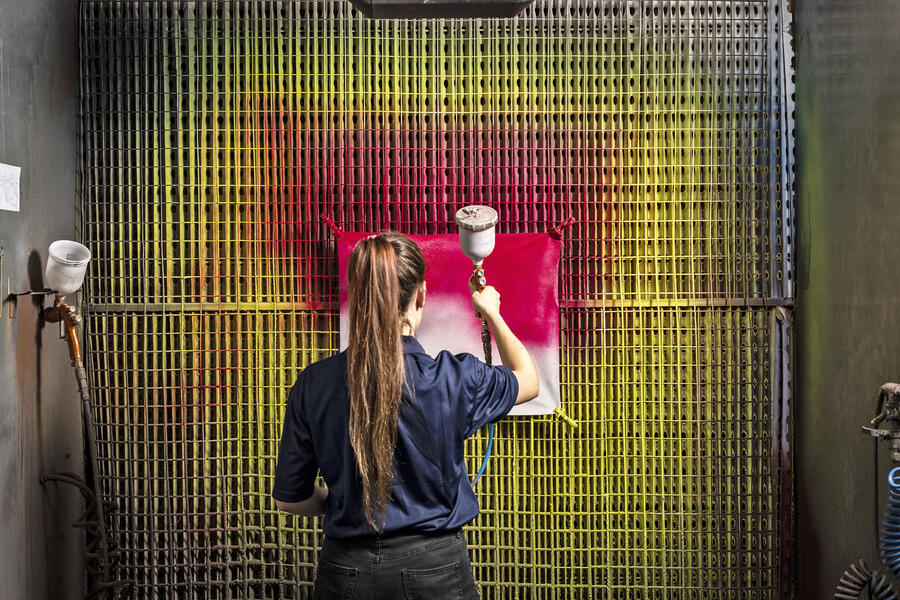
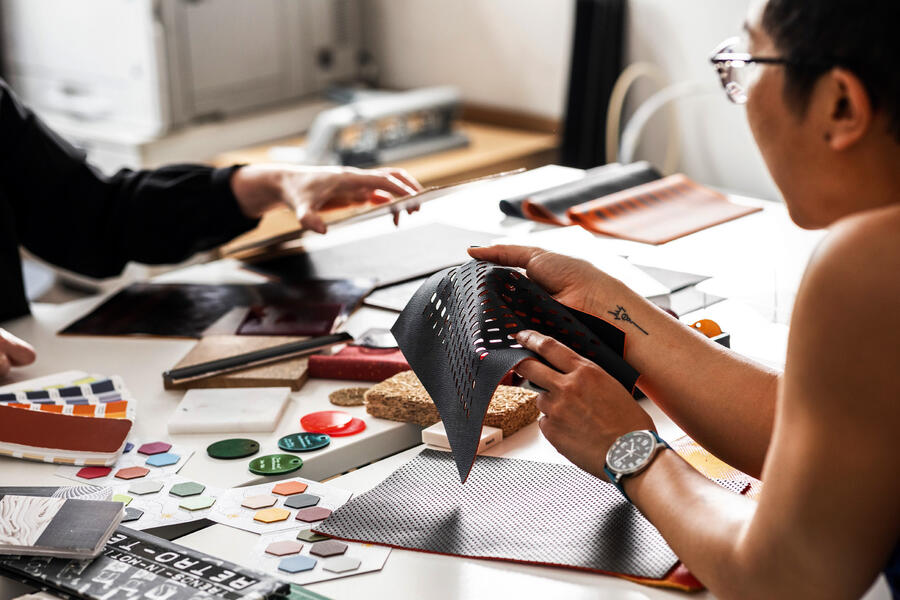
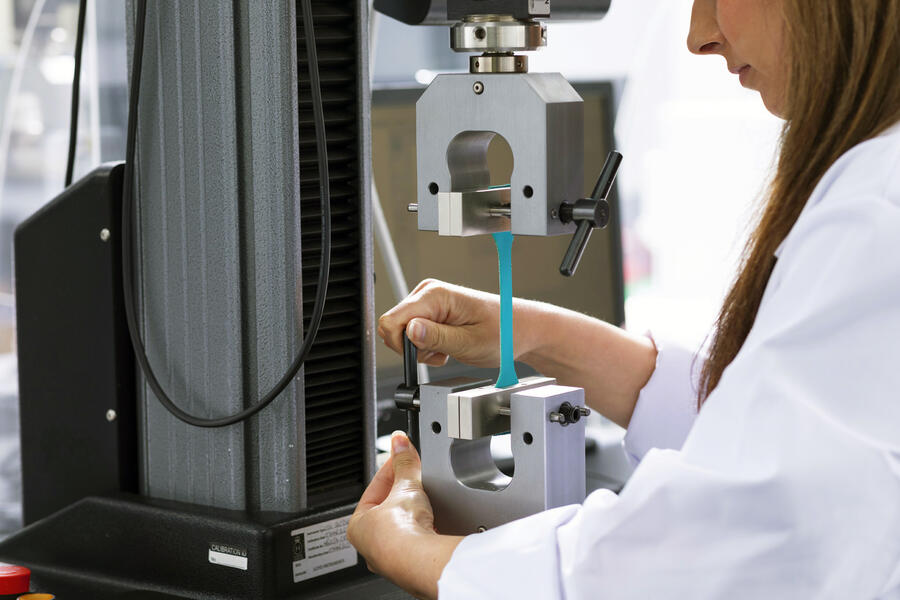

Join the debate
Add your comment
Leather looks better for longer compared to velour type Cloth you get in most Cars, Leather is easier to wipe clean after a spillage, a wipe down with a damp cloth once a week keeps them looking good, cloth seats even with an anti stain coating still gets dirty.
I agree leather is easier to wipe clean, so useful if you have kids, but modern fabrics can last just as well (just look at the lovely indestructable velour in a 90s Toyota) plus they have the advantage of being cooler in summer and warmer in winter. And man made leathers seem to last even better than real leather even if they lack some of the finer qualities of the real thing. If I was buying a top end luxury car I'd probably want leather, but for an every day car, probably not.